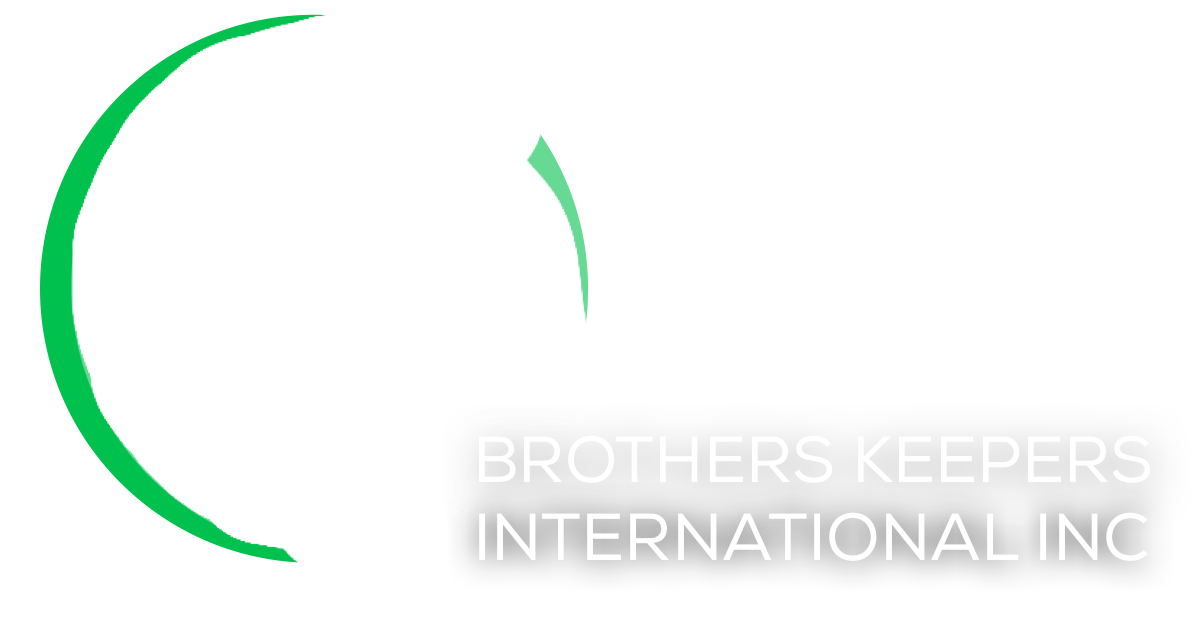Organizational Training Programs
Training programs are designed to create an setting within the organization that fosters the life-lengthy learning of job associated skills. Training is a key aspect to improving the overall effectiveness of the group whether or not it’s fundamental skills to carry out the job or advanced skills to improve current abilities. Training enables life-lengthy learning through personal and professional growth. It allows managers to solve performance deficiencies on the person level and within teams. An effective training program permits the group to properly align its resources with its necessities and priorities. Resources include staff, financial help, training facilities and equipment. This isn’t all inclusive but you should consider resources as anything at your disposal that can be used to satisfy organizational needs.
An organization’s training program should provide a full spectrum of learning opportunities to assist each personal and professional development. This is completed by making certain that the program first educates and trains staff to organizational needs. The organizational requirements have to be clearly established, job descriptions well defined, communication forthright, and the relationship between the trainers and their prospects have to be open and responsive. Clients are those who benefit from the training; management, supervisors and trainees. The training provided should be exactly what’s wanted when needed. An effective training program provides for personal and professional growth by helping the employee figure out what’s really vital to them. There are several steps an organization can take to perform this:
1. Ask employees what they really want out of work and life. This includes passions, desires, beliefs and talents.
2. Ask the staff to develop the type of job they really want. The perfect or dream job may seem out of attain however it does exist and it may even exist in your organization.
3. Discover out what positions in your organization meet their requirements. Having an employee of their very best job improves morale, commitment and enthusiasm.
4. Have them research and discover out what special skills or qualifications are required for his or her superb position.
Employers face the problem of discovering and surrounding themselves with the precise people. They spend monumental amounts of money and time training them to fill a position where they are sad and ultimately go away the organization. Employers want people who want to work for them, who they will trust, and shall be productive with the least amount of supervision. How does this relate to training? Training starts at the choice process and is a continuous, life-long process. Organizations must clarify their expectations of the worker concerning personal and professional development during the choice process. Some organizations even use this as a selling point such because the G.I. Invoice for soldiers and sailors. If a company desires committed and productive employees, their training program must provide for the whole development of the employee. Personal and professional progress builds a loyal workpower and prepares the organization for the altering technology, strategies, methods and procedures to keep them ahead of their competition.
The managers should assist in making certain that the organizational wants are met by prioritizing training requirements. This requires painstaking evaluation coupled with best-worth solutions. The managers should communicate their necessities to the trainers and the student. The manager also collects feedback from varied supervisors and compiles the lessons learned. Classes realized may be provided to the instructors for consideration as training points. Training points are topics that the manager feels would improve productivity. Classes discovered can be provided to the Human Resources Division (if detached from the instructors) for consideration in redefining the job description or selection process.
The trainer should also ensure that the training being provided meets organizational wants by continuously developing his/her own skills. The instructors, each time doable, should be a professional working within the subject they teach.
The student should have a firm understanding of the group’s expectations regarding the training being provided; elevated responsibility, elevated pay, or a promotion. The student must also categorical his enthusiasm (or lack of) for the precise training. The student should need the organization to know that he/she can be trusted by truthfully exposing their commitment to working for the organization. This offers the administration the opportunity to consider alternatives and avoid squandering resources. The student must also provide publish-training feedback to the manager and teacher concerning information or changes to the training that they think would have helped them to arrange them for the job.
Should you loved this post and you want to receive details relating to Workplace Crisis Management i implore you to visit our web site.
